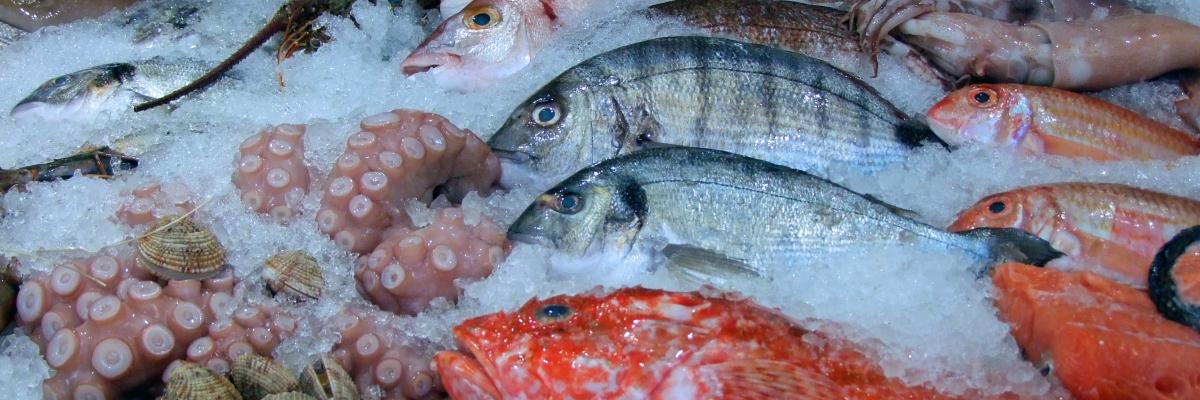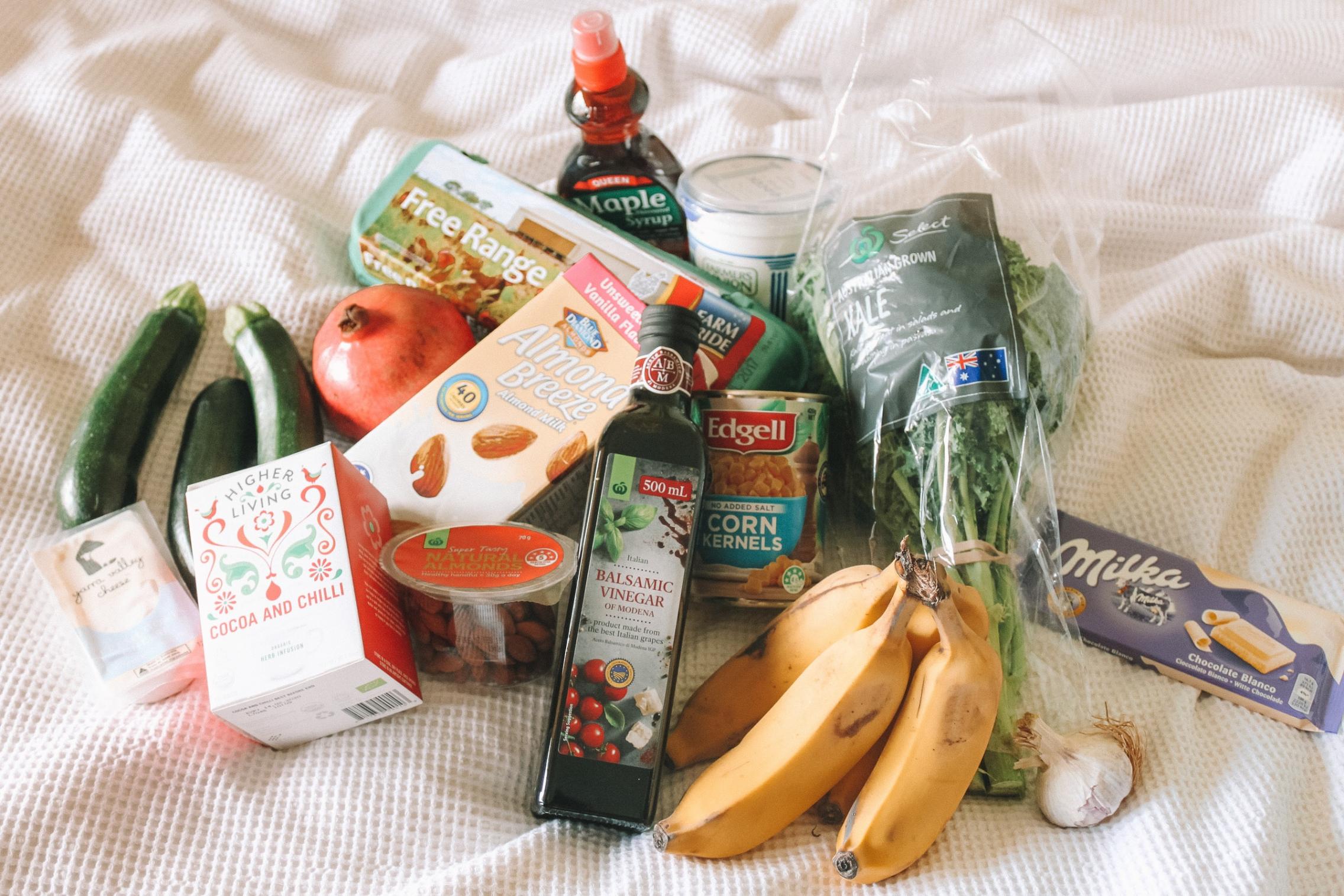Regulating the Food Supply Chain through Blockchain
JADE LINDLEY & ADAM GRAYCAR
20 January 2021
Blockchain technology could help the international fight against food product fraud.

When a family in the United States eats a piece of fish for dinner, they could be eating seafood caught near Fiji by a Chinese vessel, shipped to a packing plant in Thailand, and sold to a distributor in Mexico before it ever reached a U.S. wholesaler and finally a supermarket chain in Chicago. And to complicate matters further, the selling name of a fish that travels through a global supply chain can vary across different countries or regions.
How, then, can any single country provide the regulatory oversight needed to protect consumers?
Food fraud regulations vary by country: Some are more tightly controlled, such as in the European Union and pan-European countries, while others are less so, such as in the United States and Australia. Monitoring and enforcement across borders is clouded by differing common food names, definitions of food-related illegal activity, and regulatory processes.
Transnational and often ocean-based food transportation supply chains are long and have many vulnerable points susceptible to contamination and criminal infiltration.
Food regulations tend to focus on food safety to preserve human health. Yet human health can be compromised by profit-driven criminal infiltration in which the risk of detection is low and likelihood of penalty is even lower. Emerging, decentralized technologies, such as blockchain, provide cost-effective, non-manipulable, and transparent methods to trace each point in the journey from farm to fork—or, as it were, from sea to supper. Although consumer trust may increase in certain products and brands that adopt traceability technology, the cost will no doubt be passed on to the consumer.
Is it worth it?
Food fraud reportedly costs the global food industry $49 billion each year. It involves intentional deception for profit, including food mislabeling, adulterating, misrepresenting country of origin, misrepresenting weight, misrepresenting nutrition information, and repackaging. It is a borderless crime that has infiltrated supply chains to yield profits.
In the past, food fraud has been as lucrative as cocaine trafficking, with a much lower risk of interception. Like cocaine trafficking, food fraud usually occurs alongside enabling crimes, such as corruption, document fraud, and other processes to facilitate border crossings and dodge food safety tests.
Few foods appear to be exempt from fraud. Frauds not only target highly prized, rare, and expensive foods—such as Beluga caviar, Densuke black watermelon and Yubari King cantaloupes—but also high-demand, low-to-medium cost everyday staple foods—such as alcohol, mineral water, seasoning cubes, seafood, and olive oil. The net result is that no foods or locations are safe from food fraud, yet regulation to control food fraud is far from perfect.
Existing legal remedies cannot prevent all criminal activity in this area, but there may exist a beneficial technology-based approach to regulation of food fraud.
Blockchain is one of the most promising technological advancements in food fraud suppression. It digitizes secure transactions or “blocks” at every point along the supply chain, viewable directly by those with access to that blockchain ledger, which eliminates the need for intermediaries. Each block is encrypted with a unique, non-manipulable identifier such that blockchain provides a completely decentralized, transparent, and traceable chain of custody, starting with the source (assuming the producer is not engaging in fraud). Blockchain has been successfully applied outside the food industry and increasingly it is being tested within it.

Blockchain offers the ability to track in real time, removing the need for time-consuming and potentially fraudulent document processing. Although supply chain vulnerabilities are evident in transnational transportation, blockchain could close the loop on potential criminal infiltration along the supply chain and therefore reduce food fraud.
Ocean freight is one of the most relied-on forms of food transport, and the effectiveness of blockchain depends on adoption by all points along the supply chain. Blockchain’s usefulness is limited unless all points in the supply chain buy into the system—including producers, freight-forwarders, ports and shipping firms, distributors, wholesalers, and merchants.
Options exist that may suit a particular product or industry, but there is no silver bullet to control food fraud. As with all technology, however, there are potential barriers and challenges. Some of these include the cost of implementation, maintenance, and upgrades; access in all locations, such as on-the-high-seas and remote farms; user-friendliness, and access to, availability of, and support for user training; and suitability, reliability, and fit for purpose of the technology.
Despite these barriers and challenges, the potential protections that blockchain solutions offer could outweigh their cost.
By removing anonymity in food supply chains, blockchain technology can support a safer, smarter, and more sustainable food supply. The cost of adopting blockchain technology will no doubt be passed along to the consumer, and therefore awareness of blockchain’s benefits must be made available to ensure consumer buy-in. Fortunately, such buy-in might be easier to obtain than might be thought. Scholars such as Sam Goundar and Abderahman Rejeb have found overwhelming support at least by other scholars for introducing blockchain technology in food supply chains.
Yet it is unlikely that governments will have the capacity to mandate the use of blockchain because even the minimum economic impacts of such a mandate on small- to medium-sized business would be damaging.
Many available technological solutions appear to be producer or industry-led, rather than government-led. Some industry advocates advance a strong corporate social responsibility argument that, without implementing decentralized traceability solutions, a company’s product or brand could suffer.
Policing the implementation and use of any mandated technologies could also be challenging, and thus any government’s incentive to mandate blockchain’s use could be fraught.
Still, trading nations should look to harmonize common food names and food-related illegal activities to support better food fraud enforcement. Communication about effective, decentralized traceability technologies can promote consumer trust in brands.
Blockchain has the potential to transcend borders and regulations by empowering producers and consumers to legitimize supply chains—removing the need for countless intermediaries who may facilitate food fraud or other crimes such as corruption and document fraud.
When it comes to stimulating the use of blockchain, government action may prove less effective than industry self-regulation, although prosecution of food fraud offenders should still continue. International organizations should foster a dialogue and consultation process with key stakeholders to combat food fraud through collaborative, joint efforts—and through appropriate use of blockchain technology.
About the Authors: [1] Dr Jade Lindley is a crimologist and senior lecturer at the UWA Law School. [2] Adam Graycar is Professor of Public Policy at the University of Adelaide and Director, Stretton Institute.
This article is republished from The Regulatory Review. Read the original article.
The views expressed here are the authors', and may not necessarily represent the views of the Stretton Institute.
Image credits: Nicole Klesy from Pixabay and Maddi Bazzocco on Unsplash
